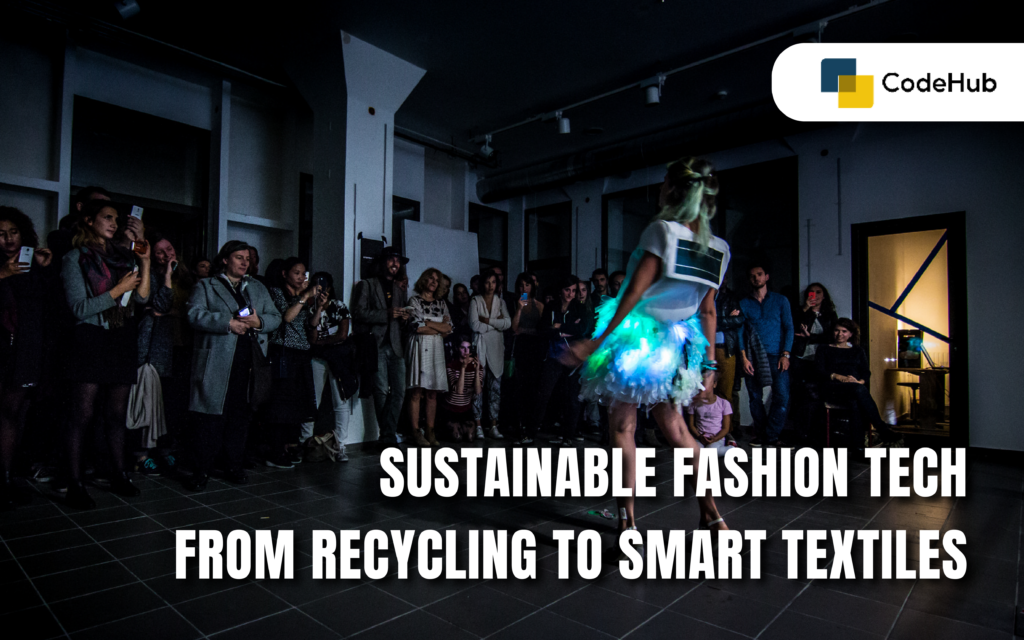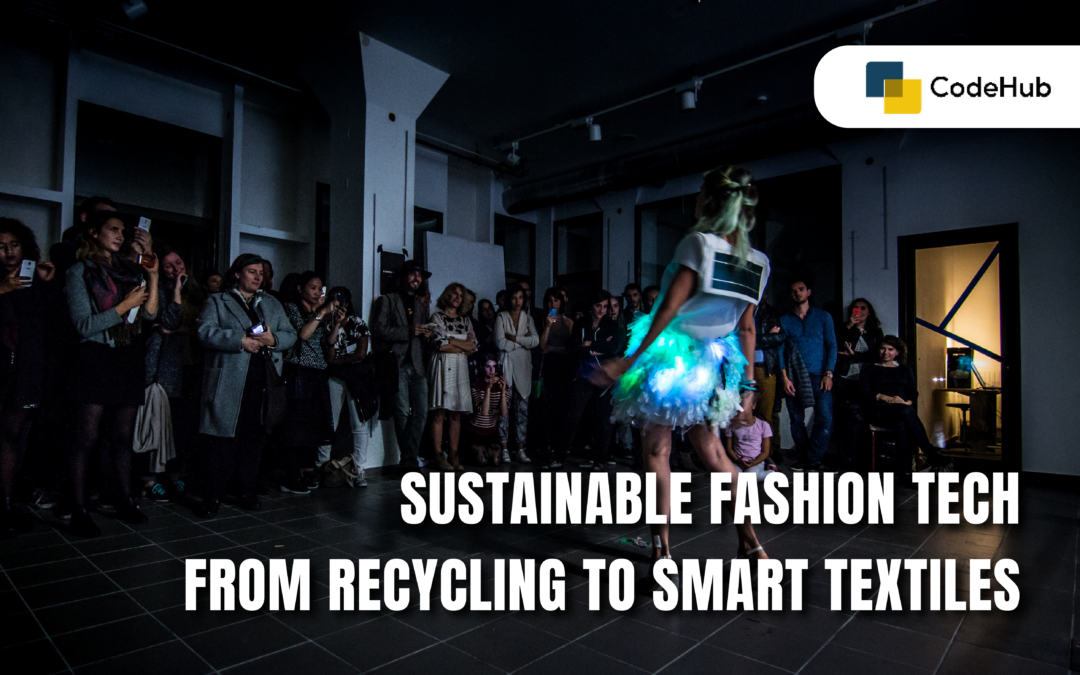
Sustainable Fashion Tech: From Recycling to Smart Textiles
The fashion industry is undergoing a significant transformation as it seeks to address environmental challenges and promote sustainability. Sustainable fashion technology is at the forefront of this change, focusing on innovations that reduce waste, conserve resources, and create environmentally friendly products. This article explores two key areas of sustainable fashion tech: recycling and smart textiles.
Recycling in Fashion
Recycling has become a crucial component of sustainable fashion. The industry is increasingly adopting practices that minimize waste by repurposing materials. Key developments include:
- Textile Recycling: Companies are developing processes to break down old garments and textiles into fibers that can be reused in new clothing. This reduces the need for virgin materials and lowers the environmental impact of fashion production.
- Upcycling: Instead of discarding old clothes, upcycling involves redesigning and reusing existing garments to create new products. This practice not only reduces waste but also adds value to discarded items.
- Circular Fashion Models: Brands are exploring circular economy principles, where products are designed for reuse, recycling, and extended lifecycle, ensuring that materials remain in use for as long as possible.
Smart Textiles
Smart textiles represent the intersection of fashion and technology, offering innovative solutions that contribute to sustainability:
- Eco-Friendly Materials: Researchers are developing textiles made from sustainable materials, such as organic fibers, biodegradable polymers, and even fabrics derived from recycled plastics. These materials reduce the environmental footprint of clothing production.
- Wearable Technology: Smart textiles incorporate technology into fabrics, allowing garments to perform functions such as monitoring health metrics, adjusting to temperature changes, or even generating energy. These innovations can lead to longer-lasting and more versatile clothing, reducing the need for frequent replacements.
- Waterless Dyeing Technologies: Traditional dyeing processes consume large amounts of water and generate pollution. Innovations in smart textiles include waterless dyeing methods, which significantly reduce water usage and environmental impact.
Conclusion
Sustainable fashion technology is playing a vital role in reshaping the industry. By embracing recycling and developing smart textiles, the fashion sector can reduce its environmental impact while meeting the growing demand for eco-friendly products. As these technologies advance, they hold the potential to lead the industry toward a more sustainable and responsible future.

